About Us
About Us
When we see a video or read something about saddles or horses, we always want to know where the author gets their knowledge about the subject. Do they have the experience to really know what they are talking about? Or might they just be repeating things they have heard elsewhere? Here’s our background, and we’ll let you make your own decision about us and if we have anything worthwhile to listen to…
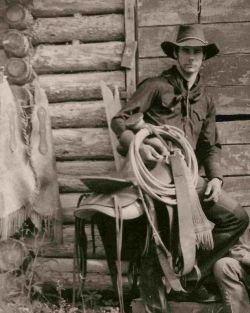
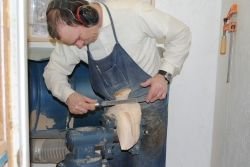
.
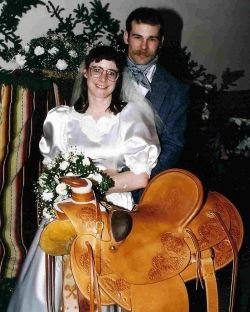
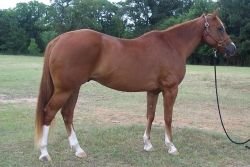
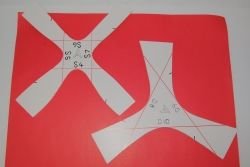
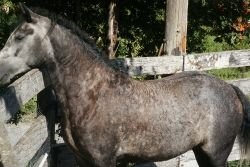
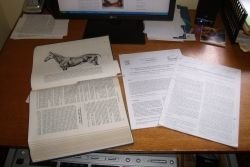
Because she has both the academic background and the practical experience with trees, saddles and horses, she became convinced that in order to get solid answers to questions about saddle fit, academics will need to work closely with saddle and tree makers – and vice versa - each contributing their own area of expertise. We helped instigate the study that proved that the Dennis Lane system accurately reflects equine back shape and thus can be used to quantitatively evaluate equine back shapes But despite many other attempts, we haven’t been able to initiate any other research on western saddle fit. Hopefully some day it will happen.
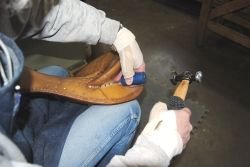
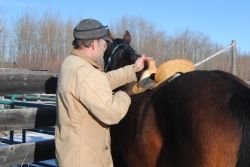
They say the fight at the OK corral was started by a couple of saddle makers talking about saddle fit… There are many different ideas and opinions about how saddles could, should and do work on horses. With our background and experience, we believe we have something useful to contribute to the conversation. I guess we’ll see if others think so too…